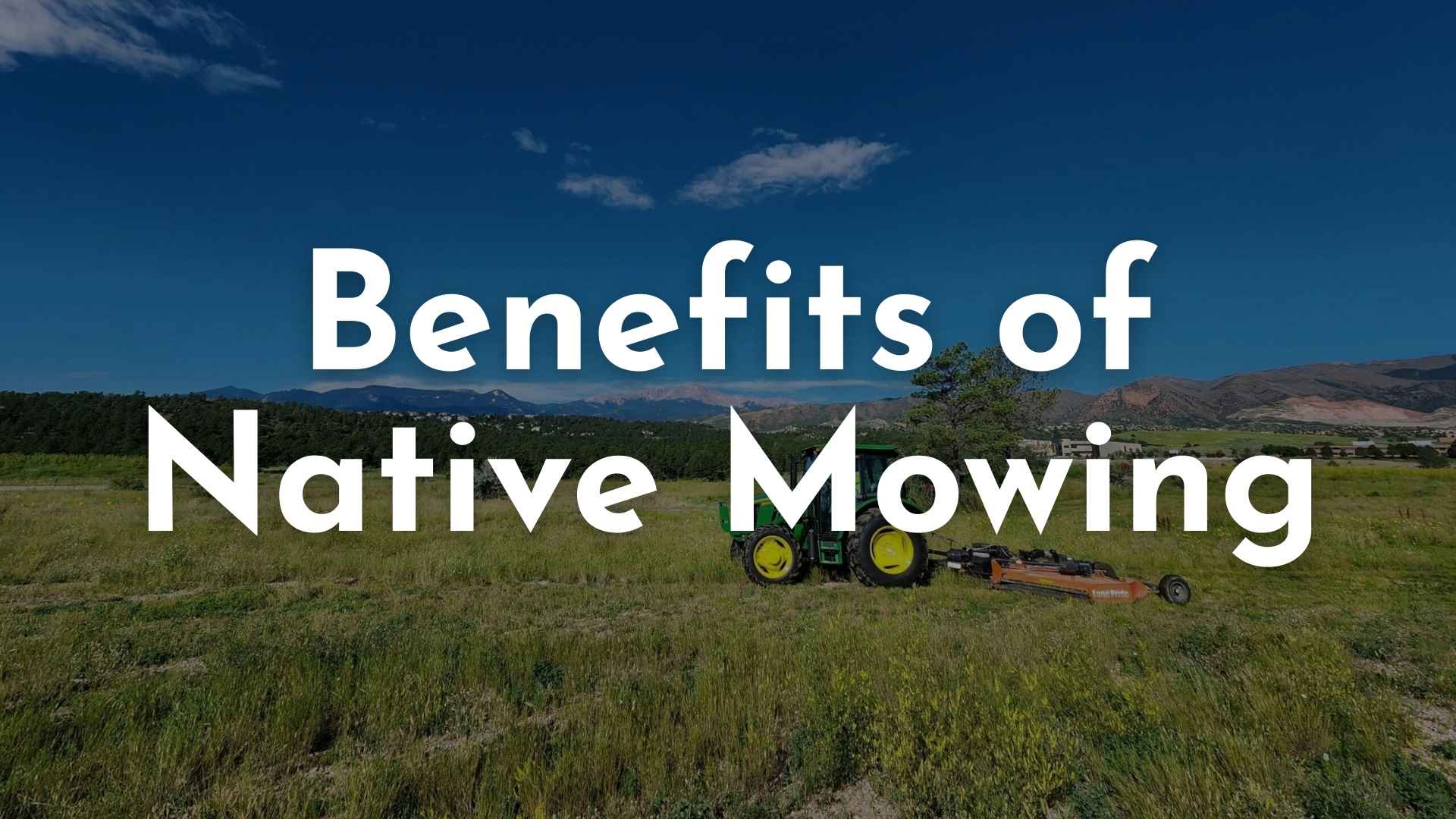
Why You Should Aerate Your Lawn
Aeration is something that far too few homeowners and amateur landscapers know about or practice. When done correctly, aeration can really improve the nutritional quality of your lawn's soil. To that end, let's break down aeration and explain why you might want to aerate your lawn starting today.
What Is Aeration?
At its core, aeration is the active perforating the ground with tiny holes. As the holes are punched, water and other nutrients (along with fresh air) can penetrate into the roots of grasses near the holes. Those roots receive a boost of nutrition and energy and will, therefore, grow much better than they would have otherwise.
Aeration can naturally occur in certain circumstances -- the above description of aeration is decidedly artificial. Natural aeration is usually caused by squirrels digging up nuts or insects burrowing into the ground. But landscapers or yard-owners can artificially aerate their lawns to enjoy excellent benefits.
Benefits of Aeration
As mentioned, aeration can improve the overall health of your lawn's grass species, flowers, and anything else that shares the soil and will grow. Because proper aeration results in holes that go to the root level of the soil, the entire turf of your lawn will become healthier over time. This means that regular aeration is a practice you might consider adopting for long-term lawn health.
Furthermore, aeration can reduce the buildup of thatch: a dead layer of grass that can accumulate over time into a thick layer and prevent nutrients and water from trickling down to the lower levels. Aeration helps by bringing decomposing microorganisms from the bottom of the soil to the top, and they get to work on the thatch over time.
Many of our lawns can also become compacted over time, and aeration relieves this compaction, making the soil less dense. This reduces the likelihood of patches or grass thinning.
Other mild benefits exist as well:
- pH levels become balanced deeper in your soil
- water runoff will be less intense since the water will collect in the holes and be used by soil roots
- it prepares your lawn for winter dormancy since nutrients can soak in more efficiently
Your reasons for aeration might be one or all of these. But make no mistake -- aeration is often a great idea, though there are some cases when aeration is not recommended.
Should You Aerate Your Lawn?
If you're unsure about whether your lawn is suitable for aeration, let's break down which lawns can really benefit from the practice.
- Lawns that are used heavily. For instance, lawns that are frequented by kids (your own or the neighborhood's) are often trampled and can become compacted over time. Lawns that are visited by animals are also good candidates for the same reasons
- Lawns that dry out easily, either because of the environment or weather. If your lawn feels a little spongy, it might be because there's too much thatch in the top layer
- Lawns that were made with new homes. In these cases, topsoil is usually stricter buried and the remaining grass might be compacted
When Should You Aerate Your Lawn, and How Often?
If your lawn qualifies as one of the above types, it's time to aerate! However, like with all things involved in landscaping and lawn maintenance, there are good and bad times to practice aeration to get the most bang for your buck.
Remember, aeration is technically injuring sections of grass or other plant species depending on where you aerate.
The ideal time for aeration is during your growing season (i.e. spring and summer). That's because your grass will be able to heal from any minor injuries incurred from the aeration process and should recover pretty quickly. Any holes you create will be filled relatively soon.
There are also differences depending on your grass type. If your lawn has cool-season grass, you should aerate in the early spring or fall. If you have warm-season grass, prioritize aeration in the late spring.
Best Aeration Practices
There are two main tools you can use to aerate your lawn: spike or plug aerators. Spike aerators are basically extended forks you stab into the ground. They can be worn on the bottoms of special shoes or used as hand tools similar to hoes.
Plug aerators physically remove a chunk of soil and grass from the lawn. This type of aeration is usually a little more effective. That's because poking holes in your soil obviously compacts the soil around the hole and, in some cases, can cause extra compaction instead of assisting things.
Regardless, you'll want to purchase a tool or machine that can get rid of soil or make holes that are about 2 to 3 inches deep and between 0.5 and 0.75 inches in diameter. Make sure your aeration holes are between 2 and 3 inches apart.
If you don't have aeration tools of your own, the good news is that you can rent plenty of aeration tools from local hardware or landscaping companies. Automated machines are best if you have really wide or expansive yards, while boots or handheld tools are fine if you only have a smaller yard to aerate.
Here are a few other tips for aerating your yard:
- Only aerate when your soil is moist. Make sure this happens by waiting to aerate until after a rain shower (unlikely in Colorado) or by watering your lawn the day before aeration
- Make multiple passes over any compacted areas. You can avoid any areas that aren't having issues to save time and energy
- Be sure to continue other lawn care practices before and after aeration, including watering, mowing and fertilizing
Conclusion
Ultimately, it's up to you whether aeration is a good fit for your lawn. Many folks get a lot of value out of the practice and make it a staple part of their landscaping and lawn care routines. Consider it carefully and don't hesitate to reach out with other questions if you're not sure about what's best for your property. We're here to help!






